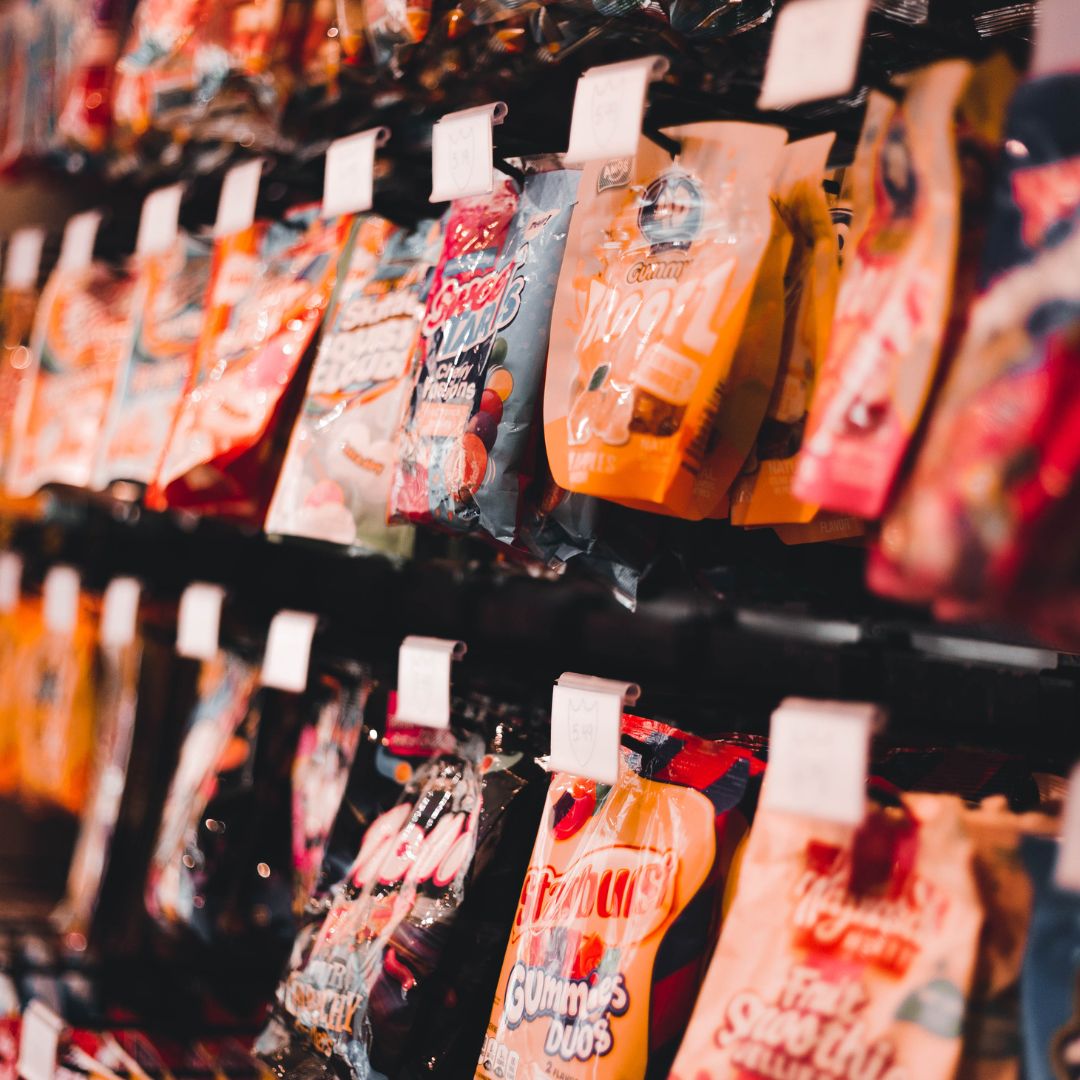What Are Emulsifiers?
Emulsifiers are chemical agents used to blend ingredients that don’t naturally mix, such as oil and water. They’re found in many processed foods to create a smooth, uniform texture and extend shelf life. Common examples include lecithin, polysorbates, mono- and diglycerides, carrageenan, and carboxymethylcellulose (CMC).
While they make products look and feel more appealing, their effects on human health are increasingly being questioned.
Why Emulsifiers Are Harmful
1. They Disrupt the Gut Barrier
Research shows that many emulsifiers damage the delicate mucous layer that protects the intestinal wall. When this layer thins, it allows bacteria and toxins to come into contact with the intestinal lining, triggering inflammation. Over time, this can lead to “leaky gut” and increase the risk of autoimmune and inflammatory diseases.
2. They Disturb the Gut Microbiome
Certain emulsifiers alter the balance of gut bacteria — reducing beneficial species while promoting those associated with inflammation, obesity, and metabolic dysfunction. Animal studies have linked emulsifier exposure to colitis, metabolic syndrome, and insulin resistance.
3. They Promote Chronic Inflammation
The low-grade inflammation caused by emulsifiers doesn’t just affect digestion. It can contribute to systemic inflammatory conditions such as arthritis, cardiovascular disease, and even depression. The gut–brain connection means inflammation in the gut can have wide-reaching consequences for mood and cognition.
4. They Mask Poor Food Quality
Emulsifiers are often used in ultra-processed foods, items stripped of natural fibre, nutrients, and healthy fats. The emulsifiers make these foods taste creamy or cohesive when, in reality, they’re nutritionally hollow. In short, emulsifiers help make junk food more palatable.
Why Food Manufacturers Use Them
Emulsifiers are cheap, versatile, and effective at improving texture and shelf stability. They:
-
Prevent separation in sauces, dressings, and ice creams
-
Keep baked goods soft for longer
-
Create creamy textures in low-fat or plant-based products
-
Allow for industrial-scale production without spoilage
From a manufacturing standpoint, emulsifiers are a dream ingredient.
How to Avoid Emulsifiers
1. Read Ingredient Labels Carefully
Look for words like:
-
Lecithin (soy or sunflower)
-
Mono- and diglycerides of fatty acids (471)
-
Polysorbates (432–436)
-
Carboxymethylcellulose (466)
-
Carrageenan (407)
-
Xanthan gum, guar gum, or propylene glycol alginate
If you see several of these on a label, it’s a red flag that the product is ultra-processed.
2. Choose Whole, Unprocessed Foods
Focus on foods that don’t come with an ingredient list, fresh vegetables, fruits, eggs, meat, fish, nuts, and seeds. These contain their own natural emulsifiers (like phospholipids in egg yolk) in safe, balanced forms.
3. Cook from Scratch When Possible
Homemade sauces, dressings, and baked goods can be emulsified naturally with ingredients like egg yolk, mustard, or avocado. This gives you control over what goes into your food.
4. Be Wary of “Health Foods”
Even protein bars, dairy alternatives, and gluten-free items can be loaded with emulsifiers. “Natural” or “vegan” on the label doesn’t mean additive-free.







Leave a comment
All comments are moderated before being published.
This site is protected by hCaptcha and the hCaptcha Privacy Policy and Terms of Service apply.